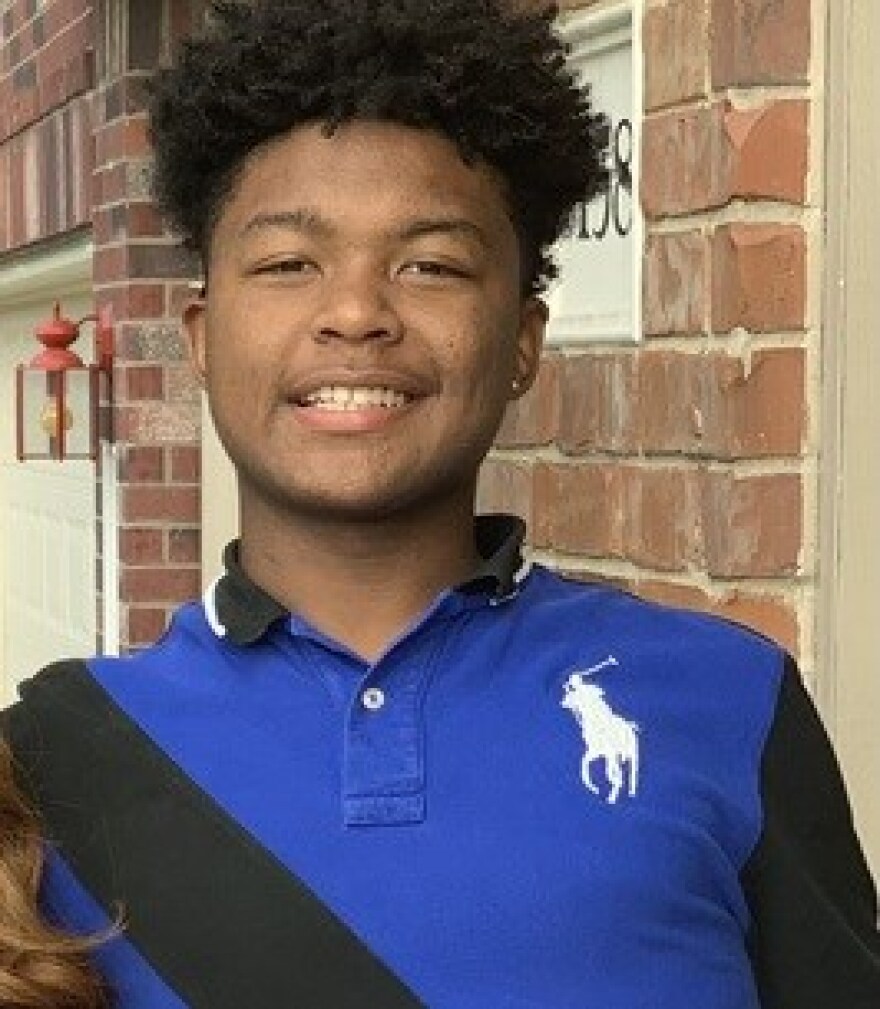At least 125 people died in traffic crashes on Austin roads last year, an all-time high that broke the previous record of 118 set just one year before.
KUT tallied the death toll using data from the Austin Police Department, Texas Department of Transportation and the Texas Department of Public Safety.
"It's been a rough year, and it just continues to go up every year," said Renee Fox, an Austin police detective whose duties include responding to crash scenes and notifying relatives that their loved ones have died.
The most common causes behind the deadly crashes were speeding, intoxication and distracted driving. About three-quarters of traffic deaths in Austin were on state-owned highways where people can drive faster.
You can see some details from each traffic death in our interactive map.
Each entry in the map includes a preliminary police report. The short, tersely written narratives give a general idea of what happened. But they don't fully convey the human toll exacted by each deadly crash, nor the lifelong pain inflicted on love ones left behind.
Take, for example, the death of Greyson Turner Jr.
On a warm September night, the 19-year-old was standing next to his vehicle in the parking lot of Chase Bank in the Capital Plaza shopping center. A driver on the northbound I-35 access road was going too fast, police say, lost control of the vehicle and veered into the parking lot, killing Greyson.


Greyson grew up in Buda where he played football, produced music and swam in the San Marcos River.
"He was always a lot of fun to be around," Greyson's obituary reads. "His energy could light up any room he walked in."
Greyson was among 51 pedestrians and cyclists killed this year, a record high, according to the city's Vision Zero office.
Two people were killed while on scooters. One of them was 32-year-old Adam Gaconnet. He was riding home from work on East Seventh Street when a suspected drunken driver crashed into him.

Gaconnet was an artist and music lover whose "Zomtek" graffiti tags can still be found around Austin. He left a mark on his friends, too. They post messages to his Facebook page saying they miss him.
The youngest person killed in traffic last year was 3-year-old Amira Owens. She was sitting in her car seat when the person driving the vehicle lost control, veered off the highway, hit a cement drainage ditch and flipped, crushing Amira in the backseat.
A man doing maintenance work, 41-year-old Cesar Ramirez-Hernandez, was also killed.
A GoFundMe for Amira's family had raised only $3,092 of the $12,000 goal.

While each fatality has its own unique circumstances, city officials are adamant that with the right policies, traffic deaths can be eliminated.
"This is a public health crisis," Lewis Leff, the city's transportation safety officer, said. "When we try to focus on individual crashes, it kind of loses the lens of what are systemic issues we're trying to address."
Many of those systemic issues are outside the control of city government — like how vehicles have become bigger and higher, in part a competition among commuters to buy SUVs and trucks that make them feel safe. Or how declining mental health during the pandemic spurred increased drug and alcohol use while driving.
Other factors do fall under city jurisdiction, but resources are limited. The Vision Zero office says its efforts have reduced traffic deaths and serious injuries at some of the city's most dangerous intersections by making crosswalks more visible, upgrading traffic signals, adding medians and extending curbs.
The city's Public Works Office is using millions of dollars in voter-approved debt to improve safety on major roads like William Cannon, where pedestrian crossings are limited and dips in the neglected street surface can take unsuspecting drivers off guard.
Meanwhile, traffic enforcement remains relatively lax in the city. Austin's police department, beset with staffing shortages, no longer has a full-time DWI team looking for drunk drivers. The traffic enforcement unit has been stripped of officers who've been reassigned to patrol duties like responding to 911 calls.
"We shouldn't accept anyone dying on our roads," Leff said. "Zero deaths is the right number. No one wants to lose a family member or friend on the roadway when it could have been prevented."










